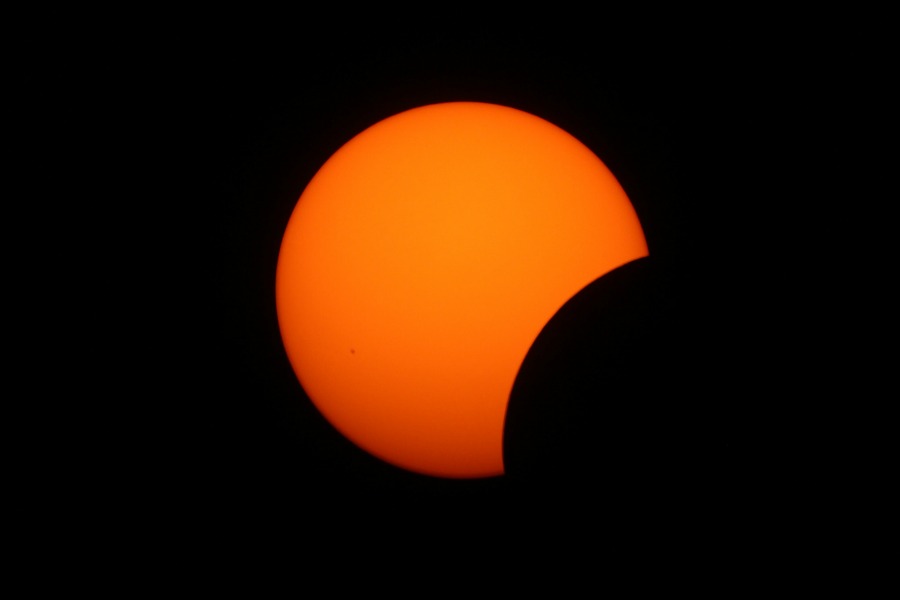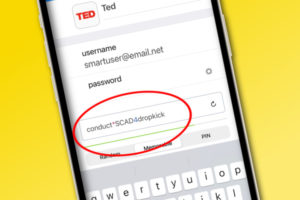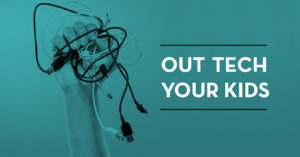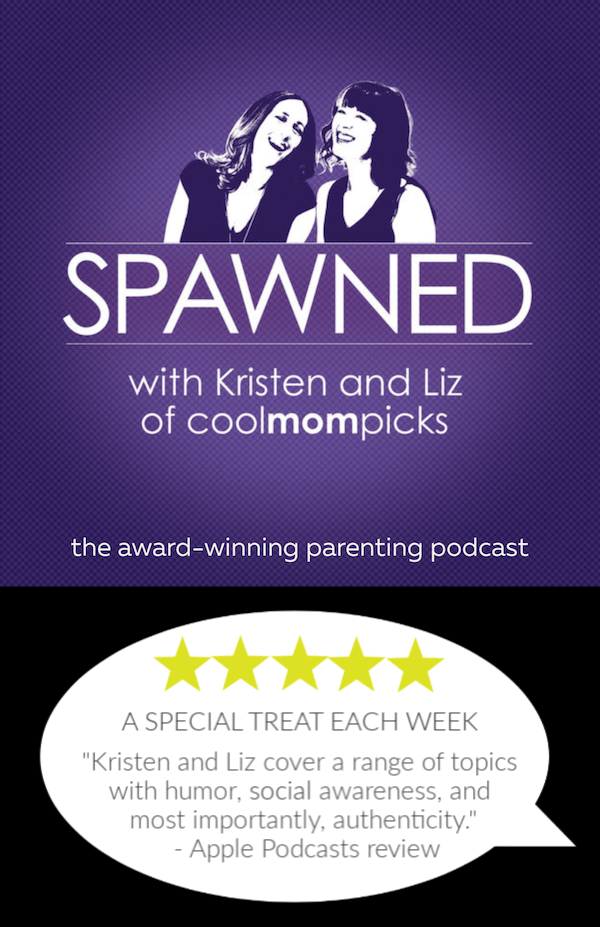In April 2024, the total solar eclipse will hit our sky, and let’s just say we’re all pretty excited. If you’ve got the date marked on your calendar (or wondering if you should), check out these tips for watching the solar eclipse from our guest Mark Bender, the filmmaker of Eclipse Across America.
He’s been hunting eclipses since 1999, chasing them from Norway to Australia. And he’s sharing 5 tips to watch the solar eclipse like a pro, so get ready for quite a show.
This post updated from 2017
5 Tips for Watching the Solar Eclipse with Kids
1. Make it educational.
The first tip for watching the solar eclipse with kids is to make it a learning experience. Considering your kids may not remember the last eclipse, talk to your kids about how unique this experience is, and get them involved through cool activities. They can create a solar-themed craft ahead of time, and after the eclipse, ask them to draw, sketch, or paint what they’ve seen.
Artistic “captures” of the corona are as important as the professional photographs taken by scientists. And, the kids’ artwork can be submitted to the #ArtTheEclipse project to be included in their database. Your kids’ vision of the event can make an important contribution to eclipse science.
Related: How to figure out how much of the total solar eclipse you’ll see
2. Record the details.
Instead of taking pictures with a camera during the eclipse, try describing everything you and your family are seeing, and voice recording it on your phone. Describe every detail, like the size and shape of the corona and how far it spreads out from the black disk of the moon’s shadow. Ask the kids what they are thinking and feeling. And of course, your recording will capture plenty of cheering. It will be fun to go back later and listen, making this one of our favorite tips for watching the solar eclipse with kids.
Related: Here’s how to get the glasses you’ll need to see the total solar eclipse for free.
3. Be present in the moment.
The eclipse is shorter than you think. Make sure you let your kids know that the totality of the peak of the eclipse lasts only around 2 minutes, evenif the full event is a couple of hours. They may never get a chance to see one again, and there’s no rewind button. Don’t take your eyes off the eclipse. Don’t let other kids, food, music, or pets distract you. Enjoy the spectacle, and be fully present.
4. Be prepared for the weather.
Remember, the sun will be partially or even fully covered, depending on where you are, so the temperature is going to drop. Unexpectedly smart tip for watching the solar eclipse with kids: Make sure you pack jackets or blankets to stay warm and you’re not distracted by a sudden chill.
5. Watch safely.
Solar eclipse glasses are an absolute must. Looking at the sun before it’s fully covered can damage your eyes. For about 5 minutes before totality, the ambient light will take on a sharp gray hue. Looking through the glasses, you will see only a tiny sliver of sun left – but don’t take the glasses off! If it still looks like daytime (with the odd gray light) then the full eclipse hasn’t happened yet.
When it becomes as dark as night (or close if you’re not getting 100% coverage) the full eclipse has arrived. You can remove your glasses and look directly at the eclipse. The corona of the sun will have blossomed out from the black face of the moon. Enjoy the beautiful sight!
But make sure to put the glasses back on when totality ends, after about 2 minutes. And if you are only seeing a partial eclipse, you must keep the glasses on for the entire time.
Image via Arno Lamprecht/Flickr Creative Commons







Thanks for sharing these total solar eclipse tips for kids from Cool Mom Tech! Watching a solar eclipse can be a fascinating and educational experience for children, and it’s important to ensure their safety while viewing it. The tips provided in the article offer practical advice for parents on how to prepare and make the most of this celestial event with their kids.